AR & VR are revolutionizing product discovery, taking shoppers from flat screens to full immersion.

The eCommerce landscape is constantly evolving, with new technologies emerging to bridge the gap between the physical and digital worlds. Among these advancements, Augmented Reality (AR) and Virtual Reality (VR) are revolutionizing the shopping experience, offering new levels of engagement and personalization.
Seeing is Believing: AR’s Transformative Power in eCommerce

AR overlays digital elements onto the real world through a smartphone or tablet camera. This immersive technology allows customers to virtually “try on” clothes and accessories, visualize furniture placement in their homes, and even explore products in 360 degrees. Here’s how AR can benefit various industries within eCommerce:
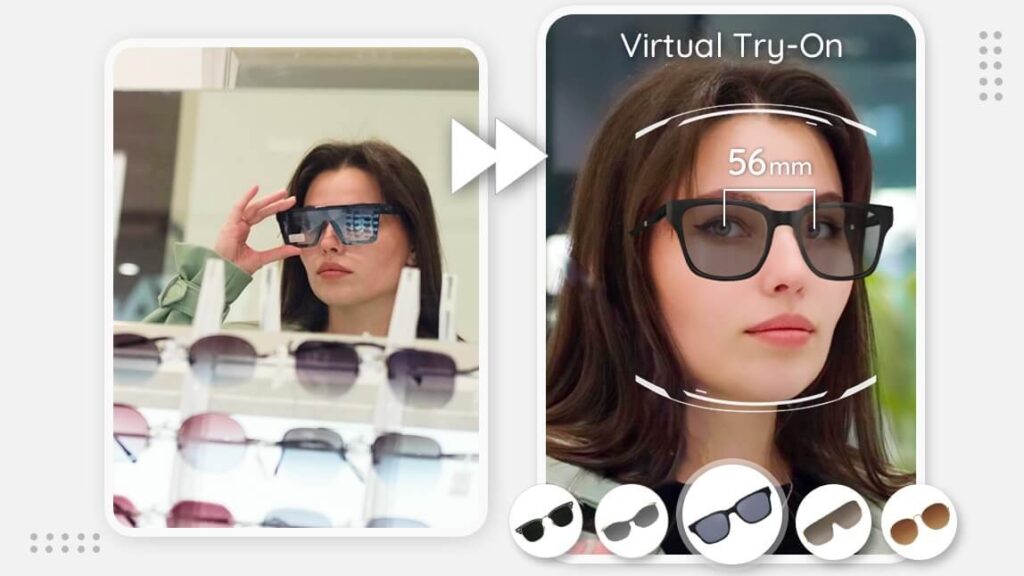
- Fashion & Beauty: Imagine trying on a new lipstick shade or a pair of sunglasses without leaving your house. AR apps let users virtually test products to see how they would look before purchase. This reduces the risk of buying an unsuitable item and fosters customer confidence.
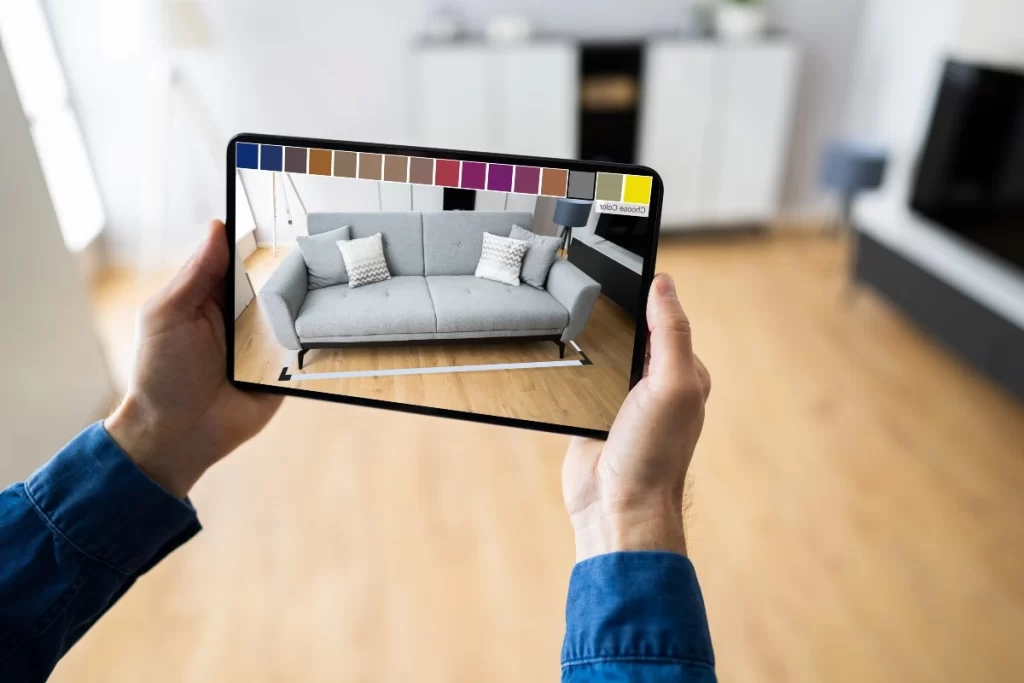
- Homeware & Furniture: Projecting furniture pieces directly into your living room allows customers to assess scale and style compatibility before committing to a purchase. This eliminates the guesswork and ensures furniture seamlessly integrates into their existing decor.
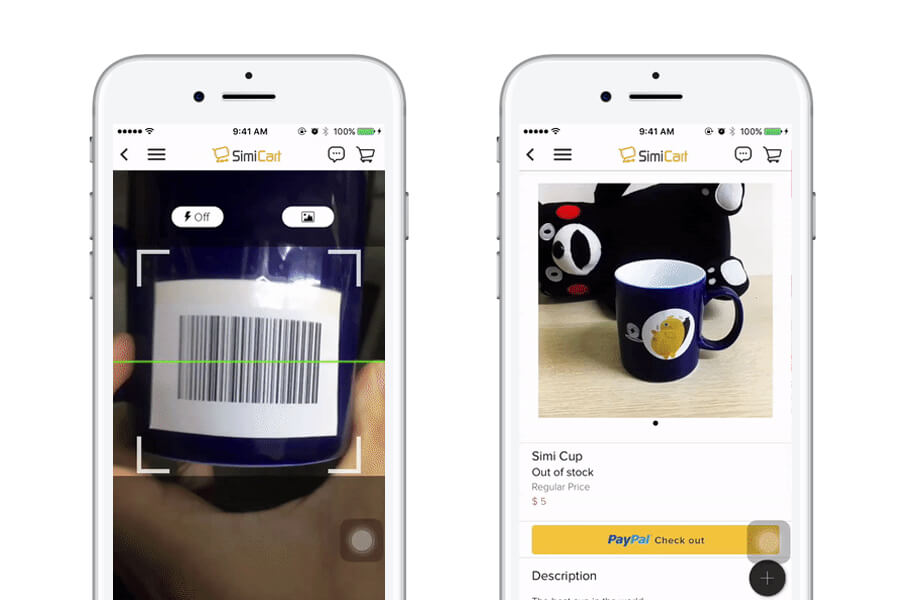
- Retail: AR can transform physical retail spaces into interactive experiences. Customers can use their smartphones to scan product barcodes and access additional information, reviews, or 3D models, enriching the in-store shopping experience.
Stepping into the Product: VR’s Potential for eCommerce
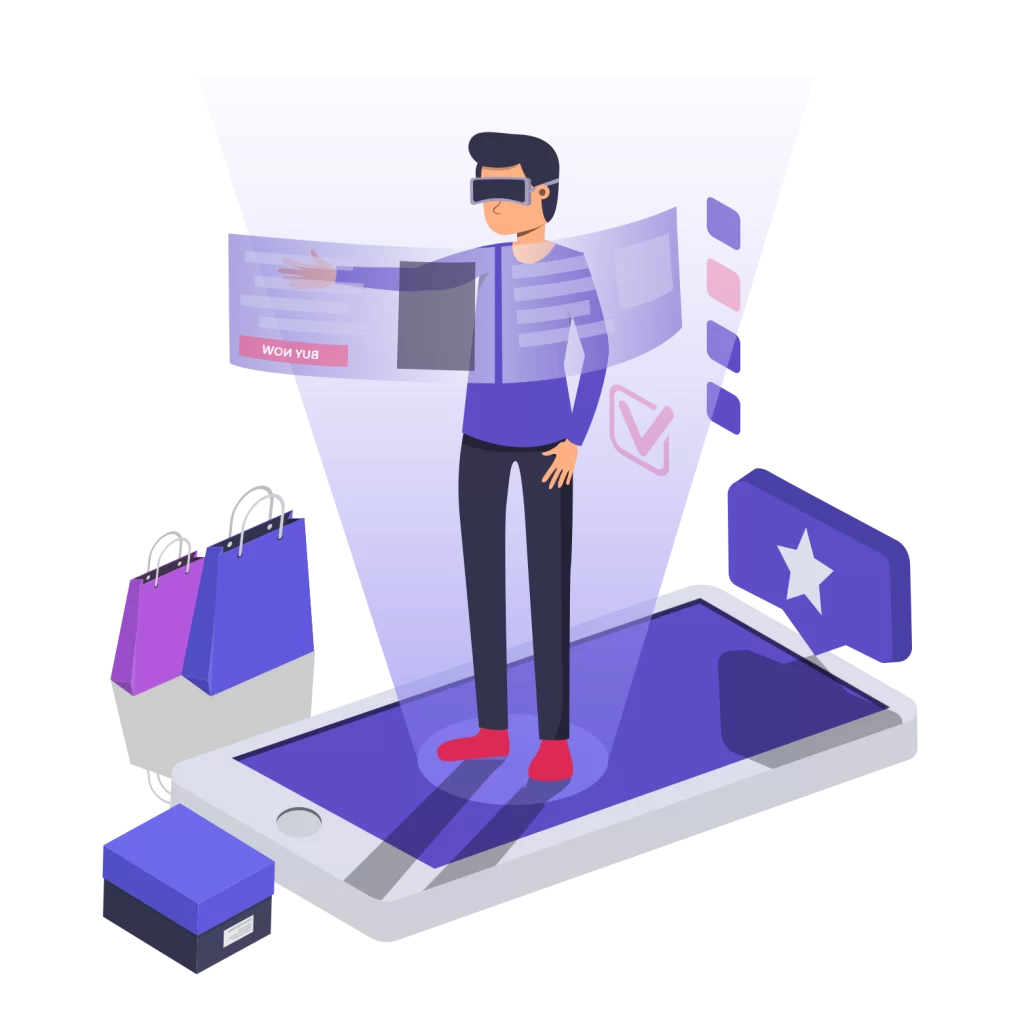
VR takes the user experience one step further, immersing them in a completely simulated environment. Imagine virtually walking through a car showroom, exploring a new vacation destination, or even attending a product launch event – all from the comfort of your home. Here are some industries that can leverage VR’s immersive capabilities:

- Luxury Goods: eCommerce platforms can offer VR experiences that transport customers to the origin story of a product, showcasing its craftsmanship and materials in a captivating way. This emotional connection can enhance brand loyalty and justify premium pricing directly on the platform, potentially leading to higher conversion rates.
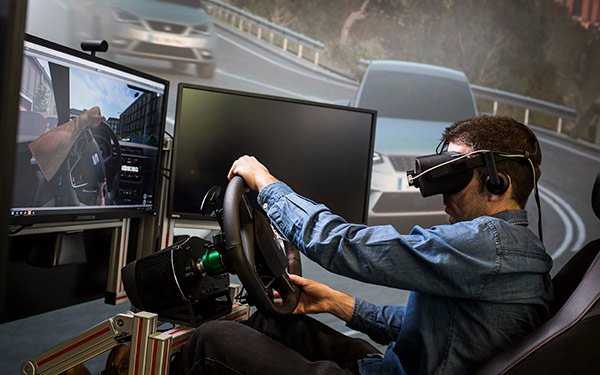
- Automotive: Virtual test drives can become a reality for eCommerce platforms in the automotive industry. VR technology can be integrated into car dealership websites, allowing potential car buyers to experience the thrill of driving a new vehicle on various terrains directly from the platform. This fosters a stronger connection with the car and can influence purchase decisions, leading to a more seamless buying journey.
The Future of Shopping: A Seamless Blend of Physical and Digital
While AR and VR are still in their early stages of adoption in eCommerce, their potential to enhance customer experience and drive sales is undeniable. As technology advances and costs become more affordable, we can expect to see a wider range of industries embrace these immersive platforms. The future of online shopping lies in a seamless blend of the physical and digital worlds, where AR and VR bridge the gap and create a truly interactive and engaging shopping experience for consumers.


